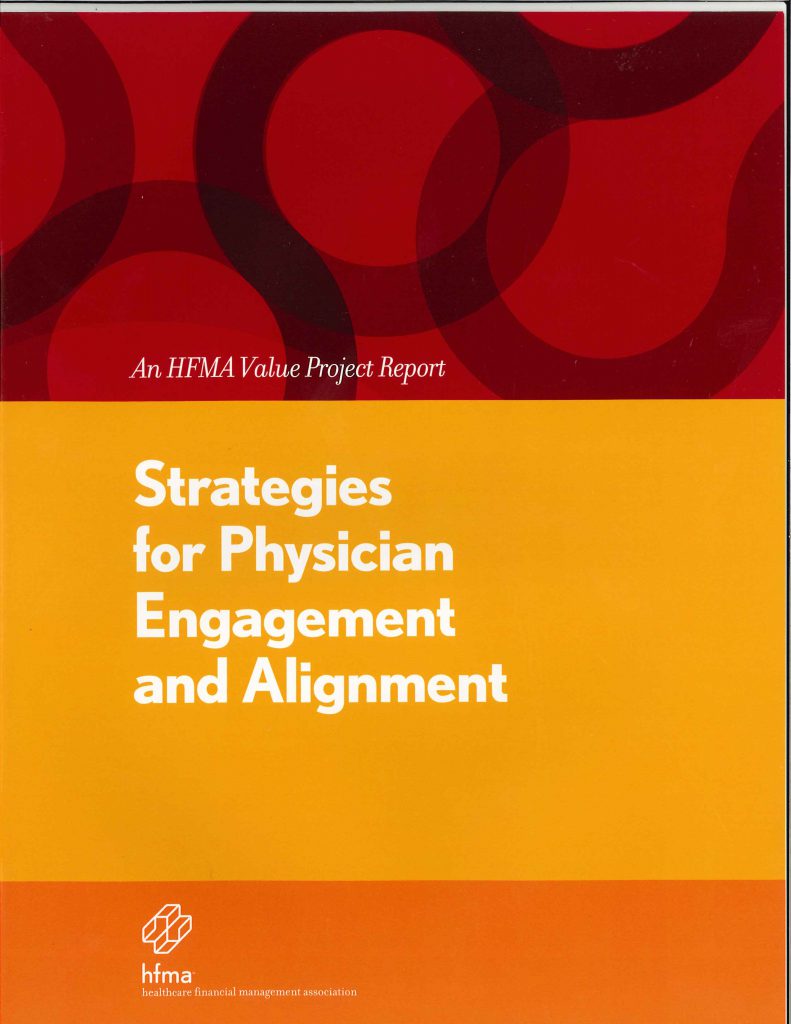
About the HFMA Report on Value-Focused Physician Strategies
In February 2014, Healthcare Strategy Group became the sponsor of Healthcare Financial Management Association’s (HFMA’s) Value Project Phase 3: Rethinking Physician Strategies in a World of Value-Based Care. The project was designed to answer:
- What are the most effective methods to align physicians and health systems to common cost reduction and quality improvement goals?
- What factors should drive system decisions on whether to acquire physician practices? For physician practices, what factors should drive a decision to seek acquisition?
- Should an acquisition strategy be specialty specific? If so, what are key specialties?
- What will be the impact of potential changes to Medicare physician and HOPD payment rates on current business models and future acquisition decisions?
HFMA’s Director of Healthcare Finance Policy, Perspectives and Analysis, James Landman, J.D., Ph.D., and his staff spent nearly a year working on the project. They conducted a national membership survey, interviewed experts, collected proven processes and made site visits to pull together how-tos and best practices for successful physician integration from hospitals and health systems across the nation. The fruits of their labor – a report and toolkit – were published in November 2014.
Report
Titled “Value-Focused Physician Strategies”, the 12,000-word report, written by Dr. Landman, covers research highlights as well as best practices for physician relations in terms of:
- Alignment and employment options
- Compensation and incentives
- Financial support of physicians
- Leadership and governance
- Population health management capabilities
[bsmdw_content content_id=’129′]
Toolkit
As a companion to “Value-Focused Physician Strategies”, HFMA has assembled an online toolkit on Strategies for Physician Engagement and Alignment that examines the most common physician relations questions:
- Best practices for managing physician groups
- The best way to develop new relationships and optimize existing ones
- How health systems and physician groups can best work together on the journey from volume to value.
Included in the toolkit are useful processes, examples, case studies and checklists.
“There is still significant variation among markets in their transition to value-based payment and care delivery models,” said Landman. “Nonetheless, hospitals, health systems, and medical groups across markets are preparing for change by building their primary care bases, adjusting compensation agreements to incorporate metrics related to quality and efficiency of care, and developing population management capabilities. Employment of physicians is a strong focus right now, but is only a start in the hard work necessary to truly align physicians and healthcare organizations around common goals. Even more important are strong physician leadership and governance structures to ensure that physicians and administrators are working hand-in-hand to develop and execute on mutual goals.”
